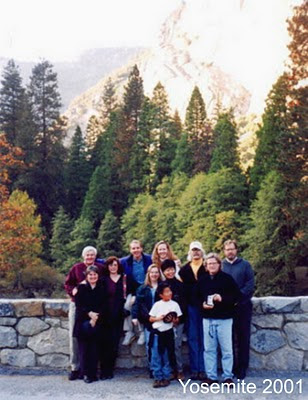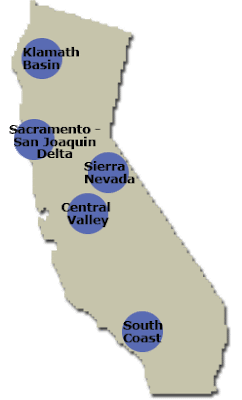 In an LA Times article today, Michael Hiltzik discusses corporate responsibility and how it's crucial to corporate success, rather than the common short-term-profit-to-the-exclusion-of-all-else model currently driving our economics and our society, to disastrous results. He outlines the philosophy of Peter F. Drucker and its strong empasis on corporate survival as a result of its contribution to society. This incorporation of social capital as a benchmark of corporate standard practice, as well as a sustainable approach that incorporates natural capital, is an approach that is gaining new appreciation in the global markets.
In an LA Times article today, Michael Hiltzik discusses corporate responsibility and how it's crucial to corporate success, rather than the common short-term-profit-to-the-exclusion-of-all-else model currently driving our economics and our society, to disastrous results. He outlines the philosophy of Peter F. Drucker and its strong empasis on corporate survival as a result of its contribution to society. This incorporation of social capital as a benchmark of corporate standard practice, as well as a sustainable approach that incorporates natural capital, is an approach that is gaining new appreciation in the global markets.The diagram above, from Frances Moore Lappe's book "Getting a Grip: clarity, creativity and courage in a world gone mad" is that of the empowerment process that engages society in the creation of constructive business processes and generation of financial capital as a result of a sharing process. It is a process version of Drucker's approach based upon business principles. It's the antithesis of the existing cycle of powerlessness that has gripped the national and global economy as a result of abusive business practices and corporate political favoritism. That diagram is here to the left. It needs to be put out of its misery.

On her website, she speaks for herself:
Because we are creatures of the mind, says Lappe, it is the power of “frame” - our core assumptions about how the world works - that determines outcomes. She pinpoints the dominant, failing frame now driving our planet toward disaster. Then, with fresh insights, startling facts, and stirring vignettes of ordinary people pursuing creative solutions, Lappe uncovers a new, empowering frame emerging worldwide.
One "frame" that will have to be reversed is that of monopoly capitalism, which has evolved in this country and broken down the structure of anti-trust law that used to restrain this economic vector. The mega corporations have fostered this dysfunctional merchandising system which has divorced product and sales from their customer base, as well as created a global transit network that is burning fossil fuels at unprecedented rates.





























